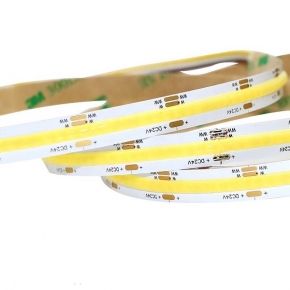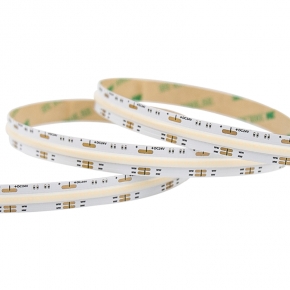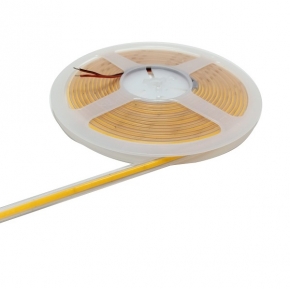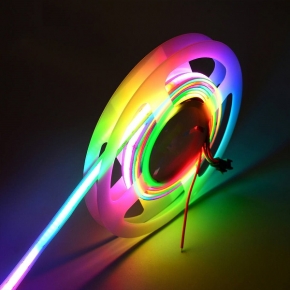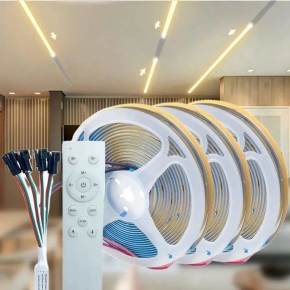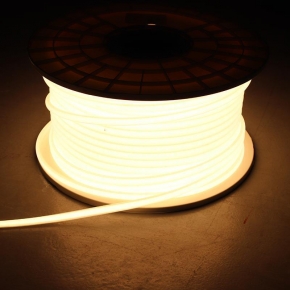Understanding and Mitigating Voltage Drop in LED Strip Lights
Understanding and Mitigating Voltage Drop in LED Strip Lights
LED strip lights have become a staple in modern lighting solutions due to their flexibility, energy efficiency, and versatility. However, one common challenge faced by users and installers is voltage drop, particularly when dealing with longer strips or longer cable runs. In this article, we delve into the concept of voltage drop, explore its effects on LED strip lights, and provide practical tips on how to mitigate it.
What is Voltage Drop?
Voltage drop refers to the decrease in electrical potential as current flows through a circuit. In the context of LED strip lights, voltage drop occurs when the current has to travel a significant distance through the copper PCB (Printed Circuit Board) and connecting cables. As the current travels, it encounters resistance, resulting in a decrease in voltage by the time it reaches the end of the strip.
Effects of Voltage Drop on LED Strip Lights
Voltage drop can have significant effects on LED strip lights:
· Brightness Variation: The beginning of the strip may appear brighter than the end due to the reduced voltage at the end.
· LED Damage: In extreme cases, severe voltage drop can lead to overheating and damage of LED components.
· Inconsistent Lighting: Uneven brightness along the strip can detract from the overall aesthetic appeal of the lighting solution.

Testing Voltage Drop in LED Strip Lights
To better understand voltage drop, we conducted tests on both DC12V and DC24V LED strip lights, as well as on longer cable runs. Our findings revealed that:
· DC12V vs DC24V: While the percentage of voltage drop was similar for both voltages over the same length, DC24V LED strips showed a more even distribution of brightness due to their higher voltage per LED unit.
· Cable Length: Longer cables introduced additional resistance, causing further voltage drop. Using thicker cables helped mitigate this issue.
Tips for Mitigating Voltage Drop
To ensure optimal performance and consistent brightness along your LED strip lights, consider the following tips:
· Use DC24V LED Strip Lights: For longer runs, DC24V LED strips offer better voltage distribution and reduced brightness variation.
· Parallel Connections: Connecting shorter sections of LED strips in parallel to the power supply can help distribute the current more evenly.
· Thicker Copper PCB and Cables: Opt for thicker copper PCB and cables to reduce internal resistance and minimize voltage drop.
· Multiple Power Supplies: For large lighting projects, using multiple power supplies can help reduce the load on each cable run and maintain consistent brightness.
+
Conclusion and Order Information
Voltage drop is an inherent challenge in LED strip light installations, but with proper planning and the right solutions, it can be effectively mitigated. At LEDWay Lighting, we specialize in providing high-quality, customized LED strip light solutions that take into account the needs of your specific project.
To get started on your LED strip light project or to inquire about our range of lighting solutions, please contact us at sales2@ledwaylighting.com. Our team of experts is ready to assist you in designing a lighting solution that not only meets your aesthetic and functional requirements but also ensures optimal performance and reliability.

